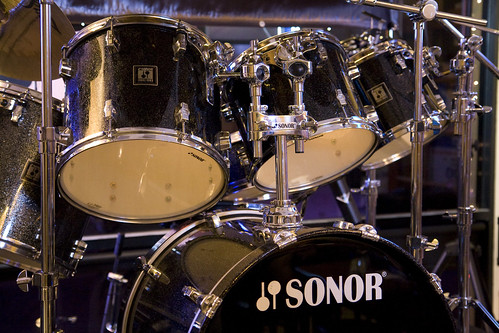
Make the most of this list of recommended photography equipment for successful shooting under low lighting conditions.
Camera – The best DSLR cameras for low light photography posses a high maximum ISO, burst shooting capabilities, exposure compensation capabilities, RAW file format capabilities, and multi-point auto-focus. The Nikon D7000 is an excellent choice, as is the Canon 5D Mark II and the Pentax K-5. For more entry-level photography, choose a Sony Alpha A580 or a Canon Rebel T3i.
Lens – A lens is considered “fast”, or most capable in low-light photography, if it has a very low maximum aperture. Anything below f/2.8 is fantastic for photography in dim settings. Also, look for a lens that has image stabilization or vibration reduction capabilities. Many Canon fans swear by the 35mm f/1.4L or the 50mm f/1.4 prime lenses. The Canon EF-S 17-55 f/2.8 IS is a great walking-around zoom lens with image stabilization capabilities. For Nikon enthusiasts, the equivalent prime lenses are the (expensive!) Nikkor AF-S 35mm f/1.4G and the Nikkor AF-S 50mm f/1.4G. For a great walking-around zoom lens, choose the Nikkor 17-55mm f/2.8G.
Tripod or Monopod – Choose a quality, sturdy tripod with a ball head and quick release to provide excellent support and flexibility for low light photography. Grab a monopod for functional stability while on the go. Personally, I am a big believer in Manfrotto products.
Remote Shutter Release – Use a remote shutter release with a tripod-mounted camera to eliminate any potential for camera shake while photographing.
External Flash – Speedlites are all the rage for providing off-camera flash that is flexible and portable. Canon’s lineup of Speedlite flashes offer a range of functionality and affordability. Nikon has their own lineup of speedlights as well.
Reflectors – Reflectors work great for capturing and directing even the smallest amount of ambient light. Choose a reflector that is silver on one side and gold on the other in order to provide cooler or warmer light quality. Lastolite has a great lineup of quality products at affordable prices.










